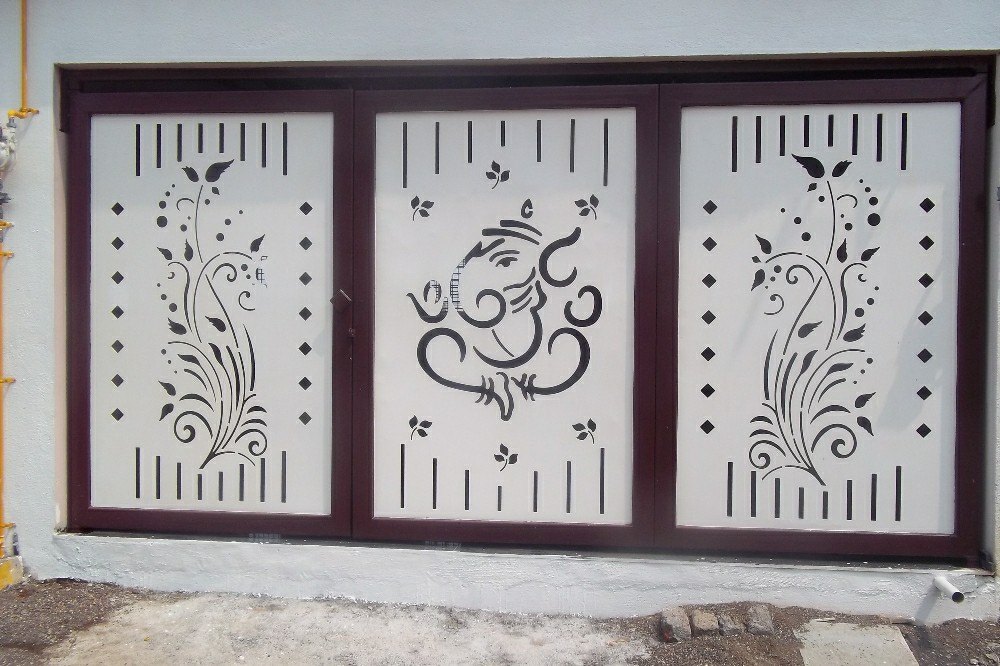Over the years, wood plastic composite has become the industry craze, literally altering the concept associated with material application. Its magic is due to its combination of wood’s natural strength, beauty, and ability with plastic’s ability to ward mold and bend. The combination of these substances gives rise to the special WPC, which combines all the positive attributes from both sides.
But then, what is this dynamic stuff called wood plastic composite (WPC)? This is a mixture of either wood fiber or wood flour, and thermoplastics such as polyethylene, polyvinyl chloride etc. This results in an all weather durable, shapeable composite with toughness of wood as well as flexibility of plastic. Therefore, WPC combines the aesthetic appeal of wood and the durability of plastic in other words.
You may be wondering where WPC is making a mark. The answer is virtually everywhere! Indeed, it demonstrates its variety when used for decking in a house and as an element in the automotive field. This unique material is slowly changing the conventions of using conventional means while revolutionizing various industries. The following discourse is going to uncover more about this unique composite known as WPC that has reliable and diverse properties.
Understanding Wood Plastic Composite
Wood Plastic Composite, known as WPC, results from the meticulous combination of wood fiber or wood flour with thermoplastics like polyethylene or polyvinyl chloride. This ingenious union produces a composite that boasts the rigidity of timber along with the flexibility and hardiness of plastic materials. The marrying of these two entities gives birth to a unique composite with its own set of impressive strengths.
The characteristics of this innovative material go beyond just strength and moldability. Its environmental friendliness, owing to a composite of both renewable and non-renewable resources, positions WPC as a sustainable choice in the materials market. The robustness and long-lasting nature of WPC further enhance its appeal, steadily making it a preferred choice in various industries.
As it gains traction owing to its advantageous properties, WPC asserts its place in the materials domain. It presents itself as a unique solution that embodies dual benefits – the hardiness of wood and the durability of plastic. As an eco-friendly and long-lasting alternative, WPC has set a new precedent in creating sustainable and resilient materials.
Applications of Wood Plastic Composite
The wood composite, has incredible robustness as well as incredible decay and weather resistant features. This makes it a promising candidate for outdoor applications. It’s preferable towards jobs like decking or fencing that demands hardiness amidst severe climatic conditions and durability.
Also, in its formidability, it goes beyond that; its strong and durable fittings consisting of furniture, doors, and window frames are well acknowledged as WPC. It stands out among conventional materials because of such properties as resistance against the elements. This is a sign of pliableness that makes WPC fit various functions in the construction industry without fail.
Beyond its civil usage, WPC is also used in vehicles and for aero-space applications. Owing to its high strength-to-weight ratio, this composite is well suited for the cutting edge industries. Be it interior parts of cars or airplane components, WPC is sure to hold on as an effective material.
Benefits of Wood Plastic Composite
While the durable nature of WPC is undeniable, its breadth of strengths goes a step further. Traditional woody materials have long grappled with issues of rot, fading, and insect damage. In this context, WPC introduces itself as a game-changer, offering resistance to these age-old concerns. The composite material ensures a worry-free experience, going beyond the typical expectations from wood.
Maintenance, often a cause of nightmares with traditional materials, becomes a breeze with WPC. Its convenience lies in requiring minimal upkeep, thus saving time and resources. There’s no need for painting or sealing the surface, marking a significant shift from the usual maintenance procedures associated with wood.
Cleaning is another area where WPC displays its advantage. Unlike some materials that demand extensive care, WPC is extremely easy to clean – all you need is water and soap. This simplicity in maintenance, paired with its resistance to common wood issues, contributes to the overall allure of Wood Plastic Composite. It’s a material that brings robustness, longevity, and convenience all under one roof.
Conclusion
Its wide application has helped wood plastic composite earn a position among many other construction materials due to its flexibility. This has made it excel because of its strength, and also it has become a common choice in different works. The dominance is mainly because it is unique in being a polymeric material that combines the hardness of wood and durability of plastic.
Unlike their natural wood counterparts, WPC offers a complete range of benefits, thus winning hands down. When it comes to construction materials, its resistance to hostile weather, unique longevity and low maintenance demands define a new standard. Such characteristics make it a strong contender in replacing wood with another product that can be used in various ways.
WPC is for those who seek a material that combines the allure of wood and durability of plastics. The composite brings together all the good features of both components into one product, which is by far the most appealing and functional. Therefore, if you want an all-rounded solution which combines aesthetic attractiveness and durability, then the composite miracle called WPC is your answer.





